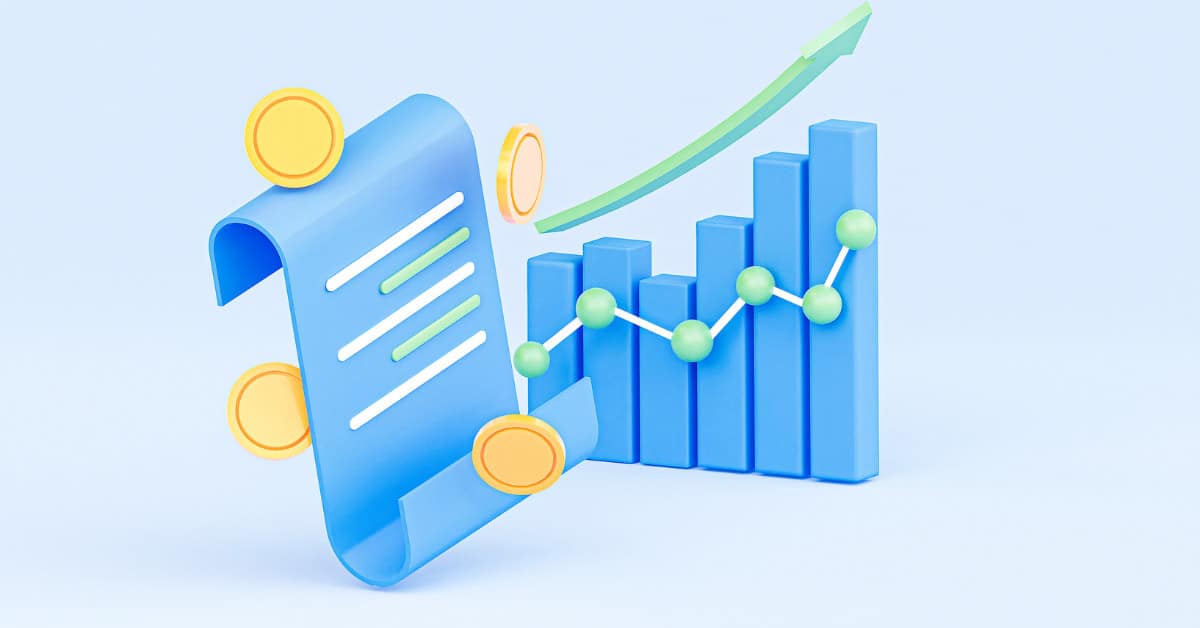Upgrade to Google Analytics 4 Before It’s Too Late

With just days left until the hard deadline, now is the time for businesses to prioritise their migration to Google Analytics 4 (GA4). On 1 July 2024, Google will permanently shut down Universal Analytics. This renders all historical data inaccessible. This game-changing shift means that if you haven’t already made the transition to GA4, you risk losing valuable insights that could inform your marketing strategies.
In this post, we’ll address some of the most pressing questions surrounding this momentous change and provide actionable steps to ensure a smooth transition.

Will Google Analytics switch to GA4 automatically?
No, the switch from Universal Analytics to GA4 is not automatic. While Google did create basic GA4 properties for some businesses last year, it’s up to you to set up full tracking, import historical data, and configure GA4 to meet your business’s unique needs.
Why is Google Analytics switching to GA4?
Google Analytics 4 represents the next generation of web analytics. It is built from the ground up to address evolving privacy regulations, cross-device measurement, and data control. By switching to an event-based data model, GA4 delivers a more comprehensive and privacy-centric approach to tracking user behaviour across websites and apps.
What happens if I don’t switch to GA4?
If you fail to migrate to GA4 before 1 July 2024, you will permanently lose access to your Universal Analytics data. This includes historical reports and insights. This could severely hamper your ability to make informed decisions about your marketing efforts, audience targeting, and overall business strategy.

How do I switch from Universal Analytics to GA4?
The migration process involves several key steps:
- Create a new GA4 property: If you haven’t already, log in to your Google Analytics account and create a new GA4 property. This will serve as the foundation for your future tracking and reporting.
- Install the GA4 tracking code: Replace the old Universal Analytics tracking code on your website with the new GA4 code to begin collecting data in the new property.
- Configure data streams and events: GA4 uses an event-based data model, so you’ll need to set up data streams (websites, apps, etc.) and configure events to track the user interactions most relevant to your business.
- Import historical data (optional): If you want to maintain continuity with your past data, you can import up to 13 months of historical data from Universal Analytics into your new GA4 property.
- Link GA4 to other Google products: If you use Google Ads, Search Ads 360, or other integrated products, you’ll need to relink these tools to your new GA4 property.
- Customise reporting and explore new GA4 features: Take advantage of GA4’s enhanced reporting capabilities, including cross-device tracking, predictive audiences, and deeper integration with Google’s machine learning capabilities.
As the 1 July deadline rapidly approaches, it’s crucial for businesses to prioritise their migration to GA4. Losing access to your valuable Universal Analytics data could severely hamper your ability to make informed, data-driven decisions moving forward. By taking action now, you can ensure a seamless transition and position your business to thrive in the new era of web analytics.
Contact Polka Dot Marketing today if you need help with this transition to GA4 for your website.
Reference: https://support.google.com/analytics/answer/11583528
Related Articles
Unlocking SEO Benefits: How Blogging Improves Search Engine Rankings
By maintaining a consistent blogging schedule, you increase your chances of ranking higher in search engine results.
Local SEO and Organic SEO: Understanding the Difference
Optimising your website for search engines is crucial for business success. Important strategies to consider are local SEO and organic SEO.
Why Website Navigational Menus Matter in SEO
Do you know the importance of website navigational menus when it comes to SEO? Read on to learn everything you need to know on the subject.





